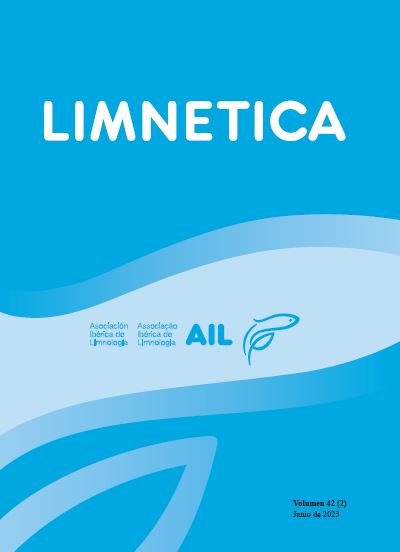The response of freshwater plankton communities to temporal concurrence of agrochemical mixtures
Resum
Freshwater ecosystems regularly experience pulsed inputs of nutrients and other pollutants as a result of temporally variable applications of agrochemicals combined with runoff events. In this study, we evaluate how planktonic communities respond to repeated and pulsed insecticide disturbances and if the response depends on temporal concurrence with nutrient pulses. We conducted an experiment using mesocosms to assess the ecotoxicological effects of a commonly used insecticide (chlorpyrifos) and nutrients (nitrogen and phosphorus) on plankton communities. The mesocosms (300 L) were established outdoors for 10 weeks. The experiment consisted of 3 treatments: nutrient pulse of nitrogen and phosphorus every two weeks (N; considered as control), nutrients and insecticide pulsed simultaneously every two weeks (NI), and nutrients and insecticide pulsed in alternating weeks (N_I). Insecticide and nutrient pulses consisted of 2 μg/L of chlorpyrifos, 560 μg/L of nitrogen and 39.9 μg/L of phosphorus. Zooplankton abundances, community structure and diversity were used as structural indicators. Chlorophyll a and ecosystem productivity were used as functional indicators. We found no effect of the treatments on zooplankton abundance, while richness and Shannon diversity was lower in treatments with pulsed insecticide (NI and N_I) compared to control treatment (N). Phytoplankton abundance was higher in the treatments with insecticide that in the controls (N). Higher phytoplankton abundance could be explained by an indirect effect shift from a cladoceran-dominated to a copepod-dominated community in response to the insecticide treatment. Overall, the insecticide disturbance had direct and indirect effects on the community; and, did not depend on whether pulsed synchronously or asynchronously with nutrients.
Descàrregues
Publicades
Número
Secció
Llicència
Los autores que publican en esta revista están de acuerdo con los siguientes términos:
- Limnetica está bajo una licencia de Creative Commons Atribución-NoComercial 4.0 Internacional.
b. Los autores pueden establecer por separado acuerdos adicionales para la distribución no exclusiva de la versión de la obra publicada en la revista (por ejemplo, situarlo en un repositorio institucional o publicarlo en un libro), con un reconocimiento de su publicación inicial en esta revista.
c. Se permite y se anima a los autores a difundir sus trabajos electrónicamente (por ejemplo, en repositorios institucionales o en su propio sitio web) antes y durante el proceso de envío, ya que puede dar lugar a intercambios productivos, así como a una citación más temprana y mayor de los trabajos publicados (Véase The Effect of Open Access) (en inglés).


